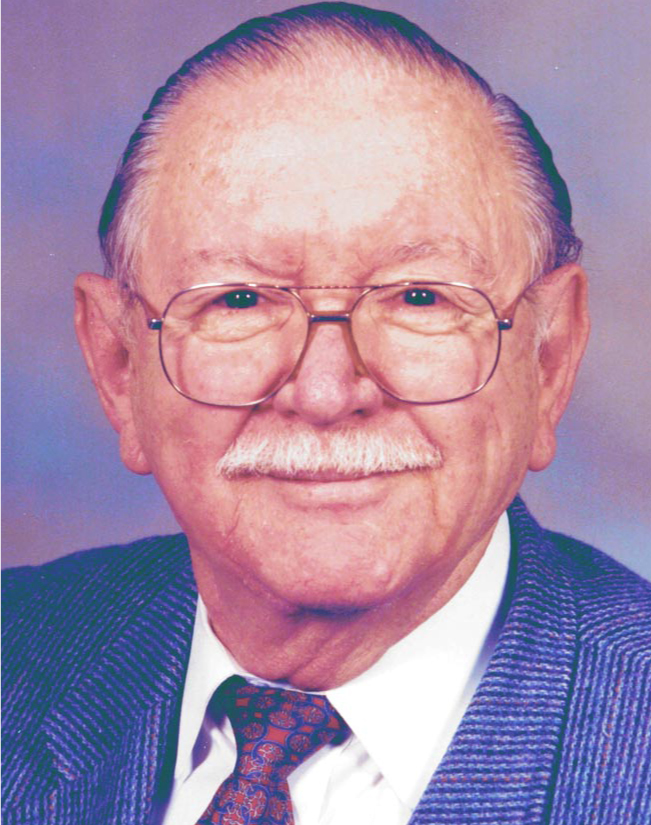Wade Lanford Fite
DOI: 10.1063/1.1510292
Wade Lanford Fite, an emeritus professor of physics at the University of Pittsburgh, died on 22 February 2002 at his home in Fox Chapel, Pennsylvania. He had been suffering from heart and kidney failure.
Fite was born on 4 October 1925 in Apperson, Oklahoma, and was raised in Winfield, Kansas. He served in the US Army in World War II as a staff sergeant and was based in the southwest Pacific. After his wartime service, Fite returned to the University of Kansas, where he earned his AB degree in physics in 1947. He earned his physics graduate degrees at Harvard University, an MA in physics in 1949 and a doctorate, under the supervision of Otto Oldenberg, in 1951. His PhD thesis was entitled “The Adsorption of Light by Negative Ions.”
The same year he earned his PhD, Fite briefly worked for Philco Corp in Philadelphia, Pennsylvania, as a research physicist. His work focused on electron optics. In 1952, he became an instructor and in 1955, a lecturer, at the University of Pennsylvania. While at Penn, Fite collaborated with Lewis Branscomb at the National Bureau of Standards (now known as NIST) in Washington, DC, on the first laboratory experiment on the cross section for photodetachment of electrons from negative ions. An NSF postdoctoral fellowship allowed Fite to work on atomic collisions in the laboratory of H. S. W. Massey at University College London in 1954.
Fite returned from England to teach briefly at Penn before accepting a position as a staff scientist with the general atomic division of General Dynamics Corp in San Diego, California, where he established the atomic physics laboratory. Fite’s principal field of research was in atomic physics, especially collision phenomena. His work at General Dynamics focused on atomic processes relevant to upper atmosphere physics and space science.
Fite left General Dynamics in 1963 to accept a faculty position with the University of Pittsburgh’s physics department, where he spent the remainder of his career until his retirement in 1988. While at Pittsburgh, Fite also served on advisory panels for a number of governmental agencies, including NASA, NSF, the National Bureau of Standards, and a number of defense organizations. From 1973 to 1980, he served as chair of the joint National Academy of Sciences and National Research Council’s committee on atomic and molecular science. In 1964, Fite cofounded Extra-nuclear Labs (now called ABB Extrel) in Pittsburgh, with Ted Brackmann. To identify ions in their own atomic physics research, a high-throughput mass spectrometer and associated radio frequency power supply were needed. The package these researchers developed was a major technical advance that attracted the attention of other researchers. The company then began marketing mass spectrometers and other scientific instruments. Fite was president until 1984 and chairman of the board until his retirement from the company in 1990.
Fite was an accomplished oboist who performed with the Manila Symphony Orchestra, owing to his assignment, while in the military, to an entertainment group. He also played with the San Diego Symphony, among other musical groups. Fite enjoyed sports, including tennis and fishing.
Brackmann, Fite’s longtime colleague, noted that Fite was a man who was most honest and multitalented, and was a compulsive achiever. Fite learned to read and speak Russian by studying a book on the seat beside him as he drove to work. He had superb organizational skills, once saying, “Find a neat physics lab and you will find no work being done.”

Wade Lanford Fite

More about the Authors
David Jasnow. University of Pittsburgh, Pittsburgh, Pennsylvania, US .
